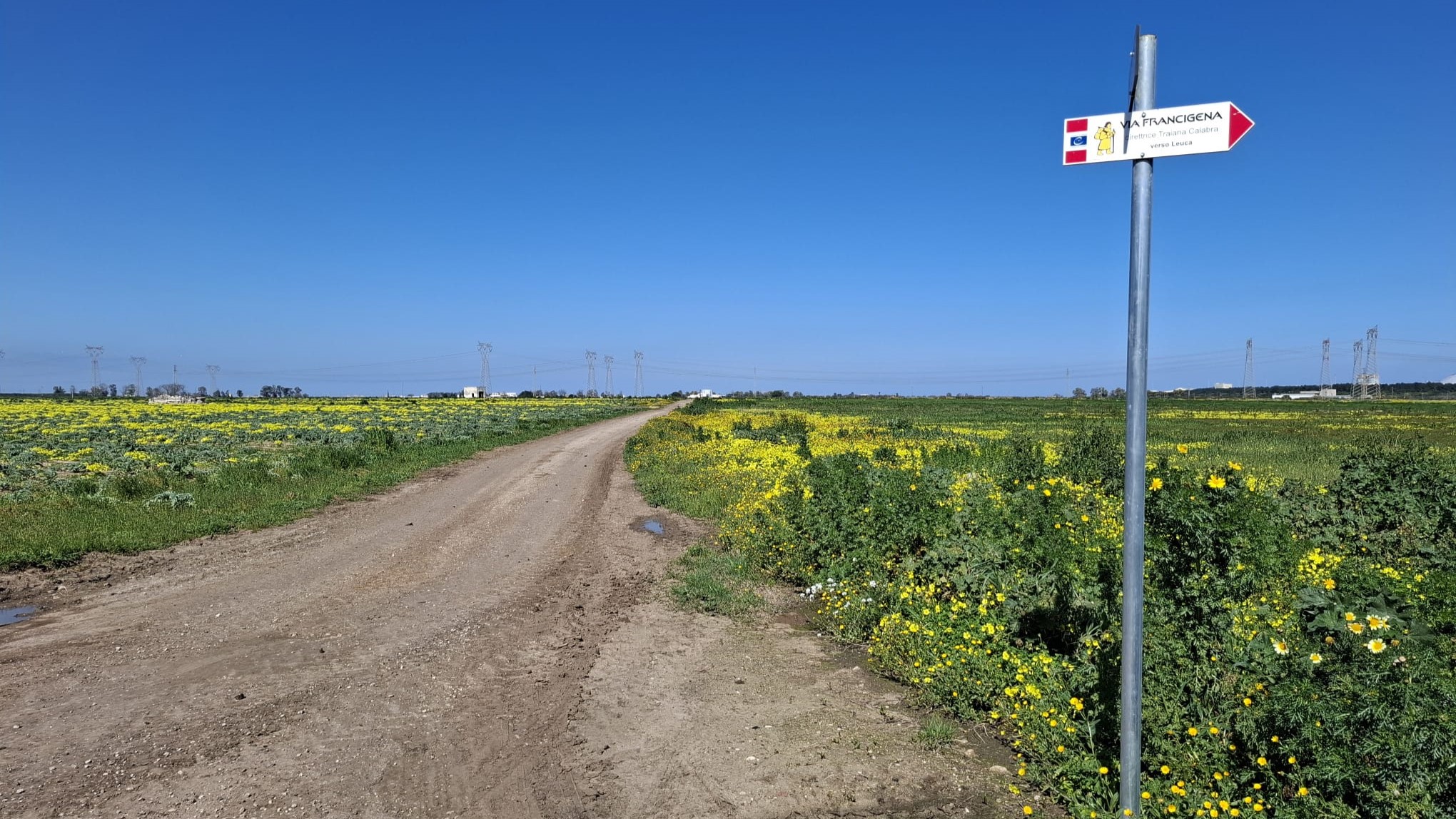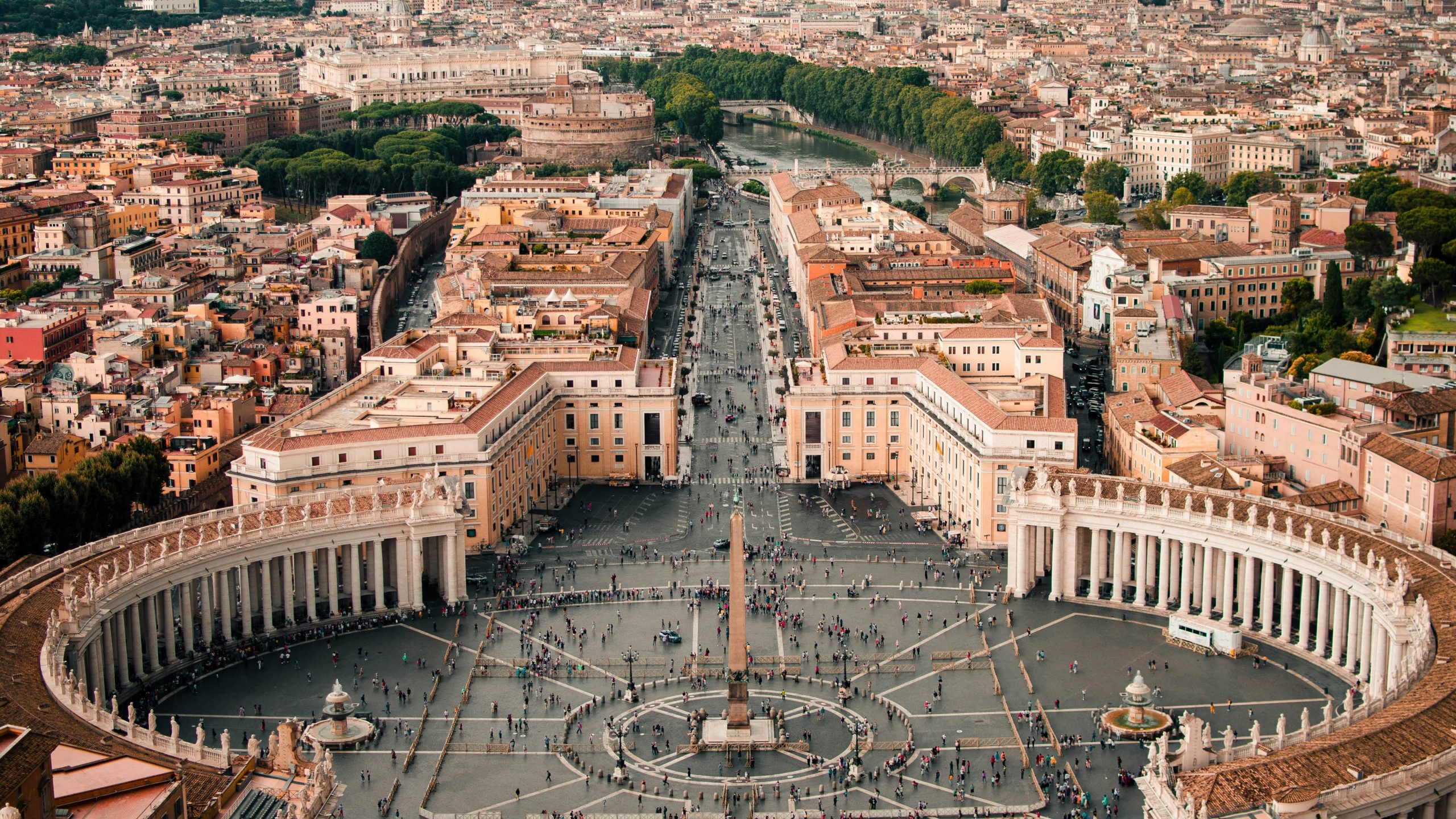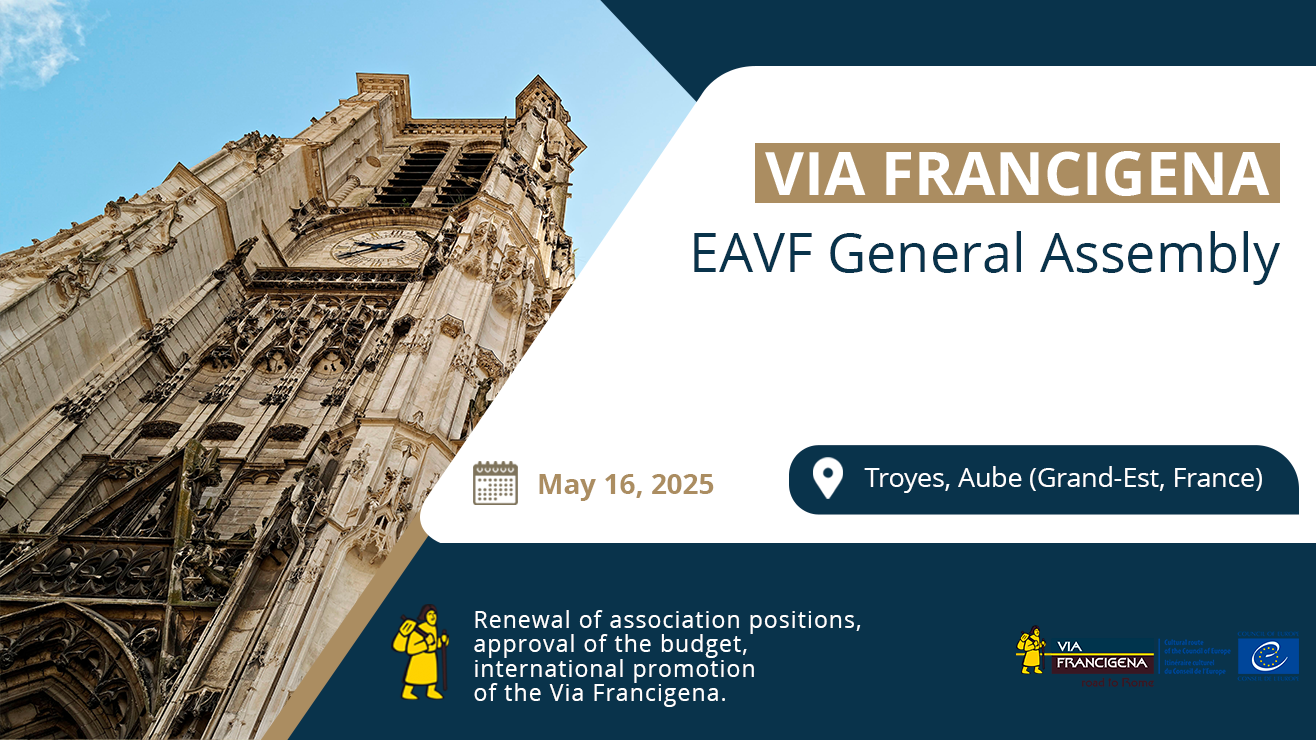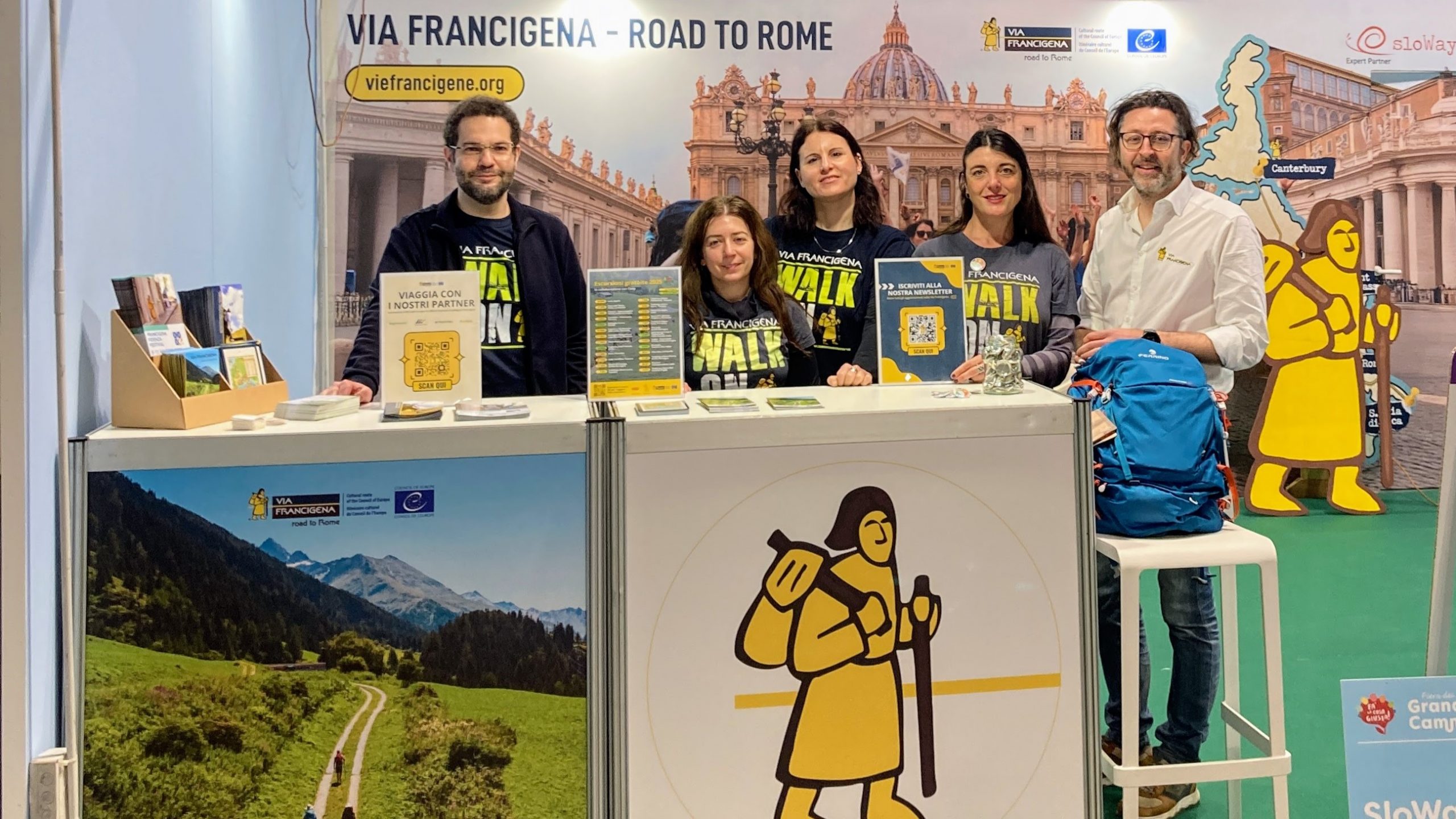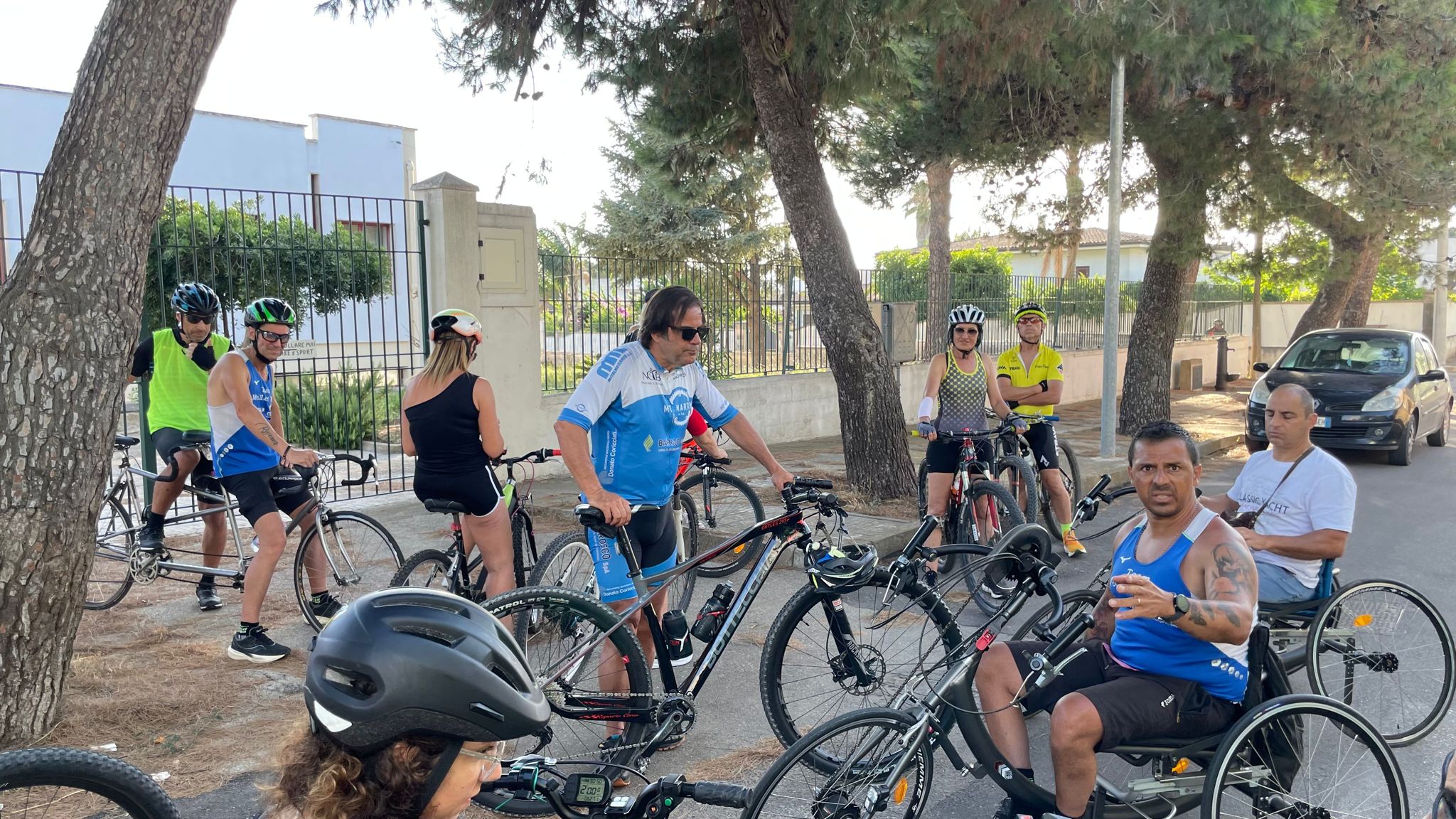Cycle tourism is an increasingly widespread phenomenon in Italy: according to the Report ‘Travelling by bike 2023’ produced by the National Institute for Tourism Research (Isnart) for the Observatory on the Economy of Tourism of the Chambers of Commerce, and promoted with Legambiente, there were 33 million cycle tourists in 2022. Among those who were interviewed, there is a marked increase in English-speaking travellers over 50, who, in addition to outdoor activities, wish to discover traditions, flavours and places of interest, away from mass tourism routes.
Meeting the needs of this target group, the numerous Italian cycling parks and routes are an excellent opportunity to experience adventures on two wheels. Moreover, some routes intersect places crossed by the Via Francigena itinerary, as in the case of Piedmont. Here we find the Aida, Sesia, Tracce dei Ghiacciai, Cavour Canal, Avigliana Lakes, Ticino Park and Lake Maggiore Cycle Routes, as well as the Via Francigena in the Susa Valley Cycle Route.
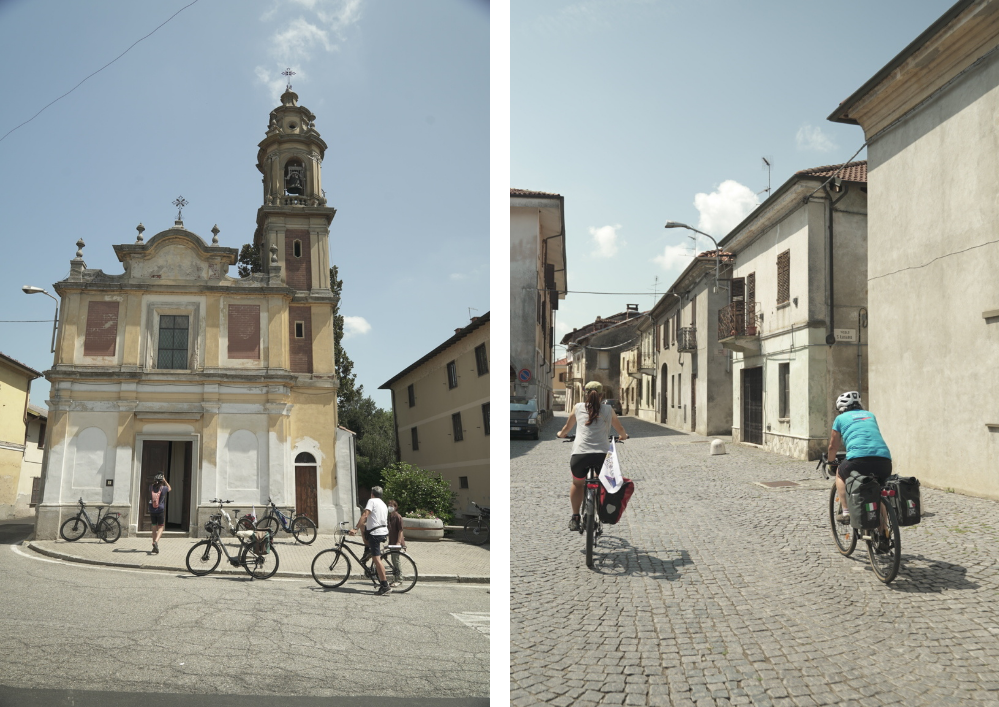
The Ciclovia Francigena in Piedmont, both for professional bikers and cycling tourists in search of history and culture
Piedmont, as is well known, is the birthplace of many cycling champions, and attracts many sportsmen and women who can take part in many dedicated events such as races and competitions, but also those who want to simply enjoy a day-to-day experience with friends. According to the survey on cycle tourism carried out by the Tourist Observatory of the Piedmont Region – Visit Piedmont on the influx of tourists by bike in summer 2022, “81.7% opt for a daily experience in groups of 5 to 10 people, or in the company of their family or partner, along easy routes (43.3%) to be tackled with an e-bike (57.2%), in most cases (60.3%) rented”.
The Susa Valley’s Ciclovia Francigena perfectly combines these aspects and allows people to discover local history and traditions. The route is divided into 6 modular stages over a total of 40.45 km, with a positive height difference of 169 metres; it is a flat itinerary that can be cycled all year round even by non-experts, and is the starting point for mountain bike or road bike tours on the Susa Valley slopes. This bike route was designed to connect 15 municipalities, from the village of Caselette, on the outskirts of Turin, to the Moncenisio Pass. It now reaches as far as Bussoleno, with a branch to the Avigliana lakes, following the right side of the Dora river, crossing cultivated fields, woods, landscapes and places of historical and cultural interest.

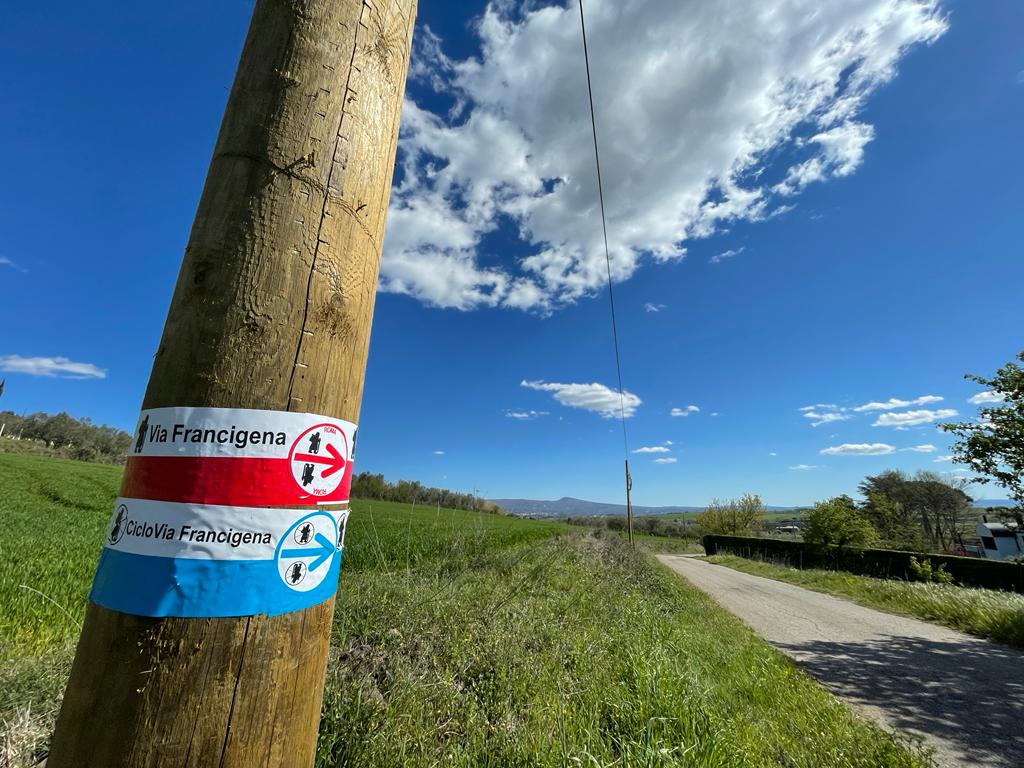

Travelling by bicycle between the UNESCO World Heritage Sites of Piedmont (and beyond)
The Via Francigena cycle route in the Susa Valley creates a connection with the French Maurienne territory and the Green Crown and Crown of Delights cycle route, in the vicinity of the Savoy residences – a UNESCO World Heritage Site since 1997. Although the Via Francigena itself is in the running for this prestigious worldwide recognition, at present there are numerous UNESCO points of interest that can be reached by bicycle, following the cycle route in the Susa Valley.
From the initial part of the cycle route, history lovers can venture among the archaeological excavations including the Roman villa of Caselette on the slopes of Mount Musinè, and the monumental villa of Almese, or venture as far as the Cays Castle and the Ricetto di San Mauro. The Cays Castle is a fortress dating back to 1300-1400, where in 1854 members of the royal family of Savoy found refuge during a cholera epidemic. It was originally inhabited by those who administered the family’s terrors. Later, it was passed to the Counts of Cays and then to the Don Bosco Congregation of Salesians, and closed in 2007. The Ricetto, on the other hand, is a fortified complex with double walls, the construction of which is estimated to begin in 1029 with a church, a bell tower and a drawbridge. The building served as shelter for inhabitants of the time in case of attacks by enemies or bandits, but also as a prison, as happened during the witch hunts in the 14th century. Today it is used as an exhibition centre and hosts numerous events.
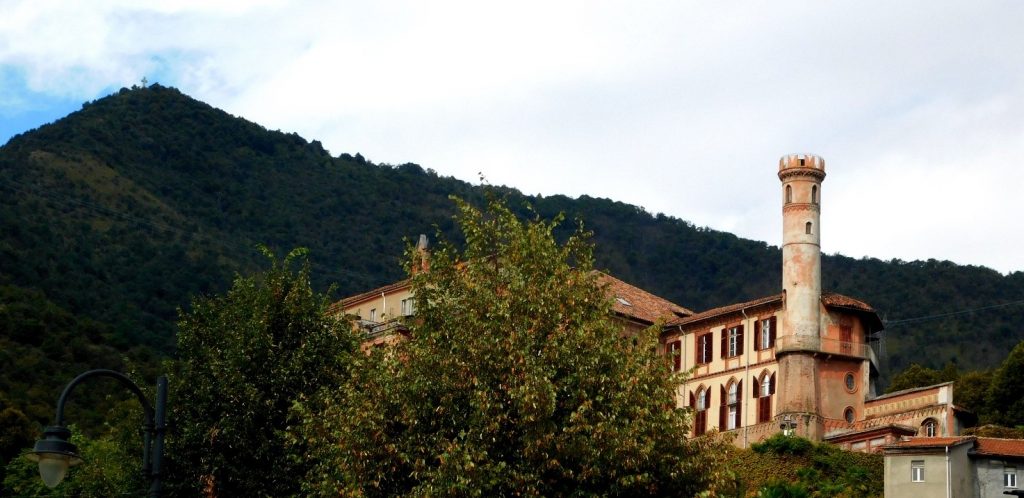
Continuing along the cycle route, we reach the medieval village of Sant’Ambrogio di Torino, at the foot of Mount Pirchiriano, known for its ‘paste di meliga’ (butter and maize flour biscuits). What is special about this site is the good preservation of much of the curtain wall, on the north, east and south sides, and one of its four remaining towers, the Torre del Feudo, in which a fresco has been found covering the entire east wall. Another must-see in the village is the parish church of San Giovanni Vincenzo, in which the ancient reliquary urn of the namesake saint is kept – one among the founders of the Sacra di San Michele.

Getting back on your bike and following the cycle-tour itinerary, you will reach Vaie, where a visit to the Prehistoric Laboratory Museum provides an insight into daily life during prehistoric times, thanks to reproductions of artefacts, materials and tools, as well as a tactile route.
If you are travelling in autumn, a restorative stop can be the ‘Sagra del Marrone Valsusino‘, a celebration dating back to 1863, in the village of Villar Focchiardo, one of the most famous places in Val Susa – precisely because of the production of marrons. Another option is the Cascina Roland, a 15th-century building and historical resting place for pilgrims, which takes its name from an erratic boulder located next to the walls. According to legend, the rock was split in two with the ‘Durlindana’ sword, held by the paladin protagonist of ‘Orlando Furioso’ after the loss of his beloved woman.
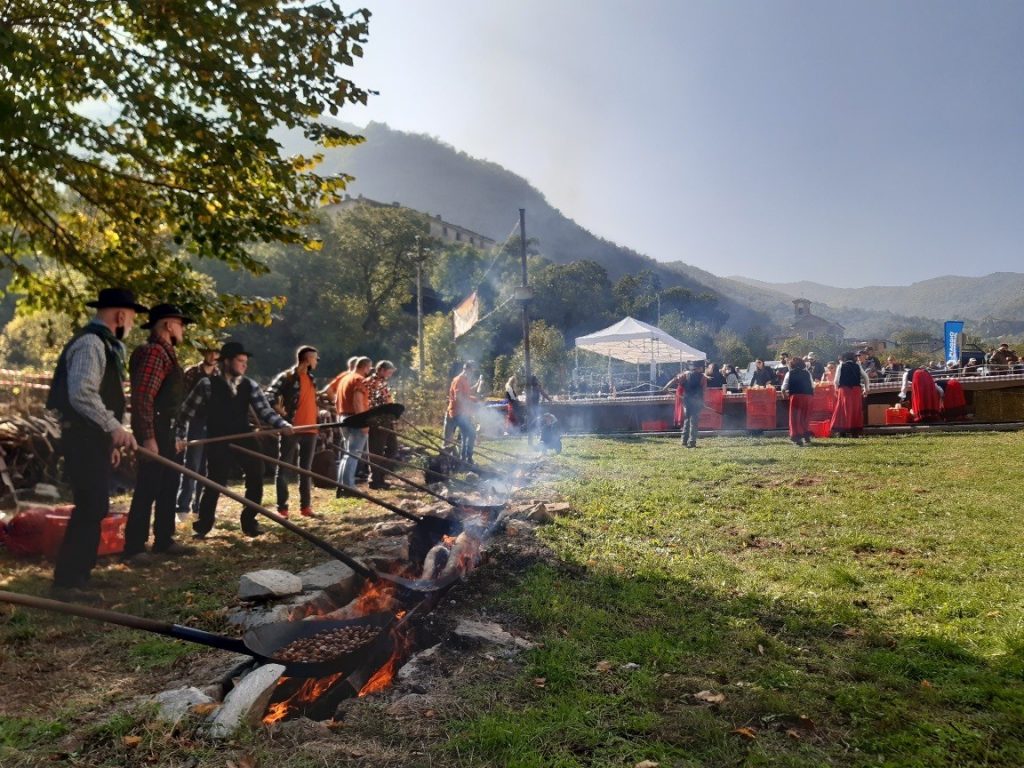

The next stop on this cycling trip along the route is San Giorio di Susa, where the homonym castle is located. It is situated in the groppa Morenica and is known as Mollare di San Giorio: only the round tower and the flanking hall remain, and today is partly used as a risto-pub. At the feet of the castle, the historical re-enactment of the ‘Dance of the Swords‘ takes place in April, during the celebrations of the local saint. It refers to the legendary ousting of a tyrant in ancient times by some brave swordsmen. Also worth a visit is the Chapel of San Lorenzo, known as the Chapel of the Count, dating back to 1328, where well-preserved frescoes are still exposed.
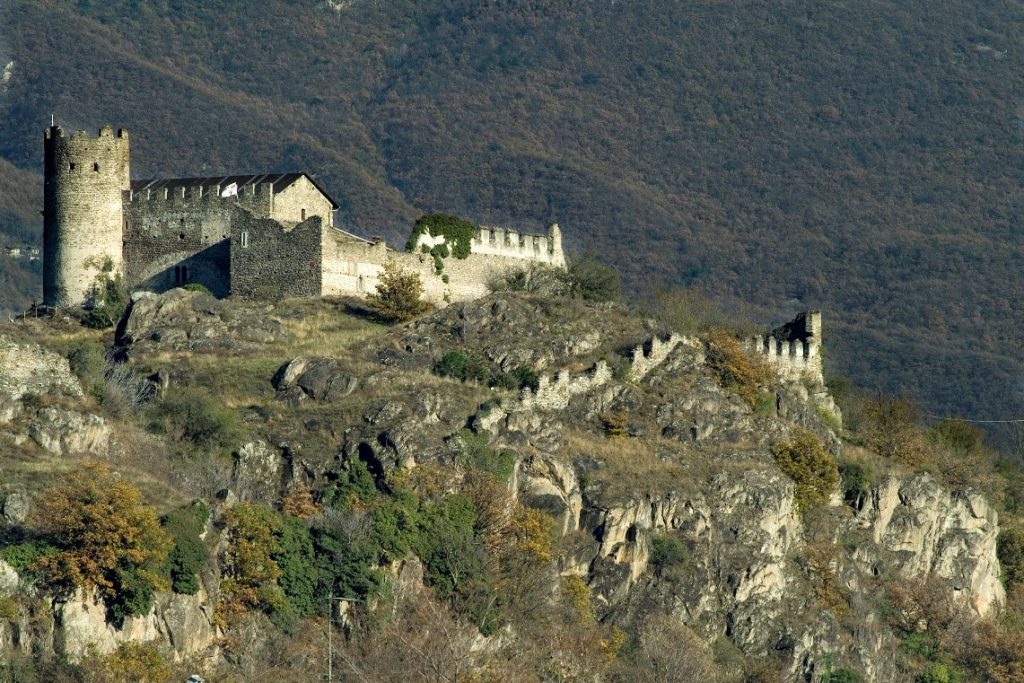
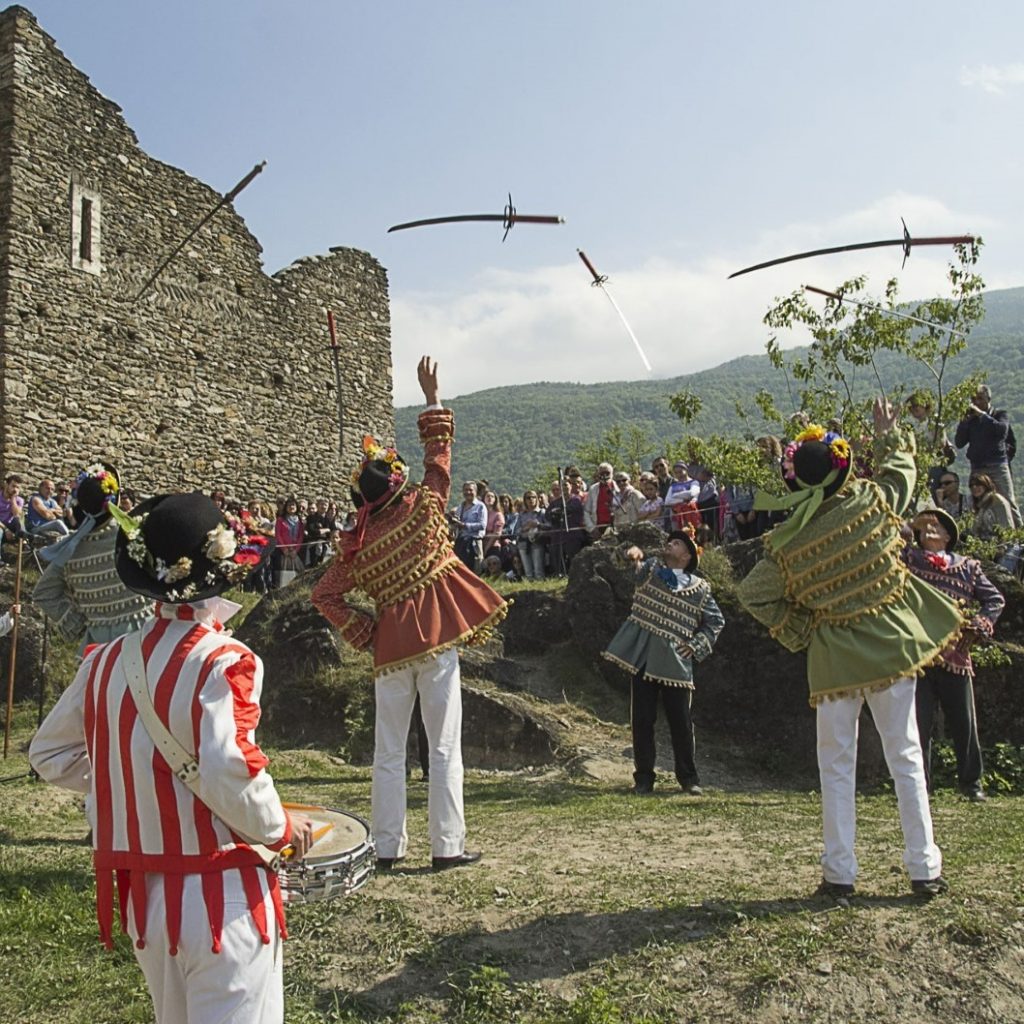
Arriving in Bussoleno, temporary ending of the Via Francigena cycle route in Val di Susa, you must visit the medieval village and see the ancient tavern of the Casa Amprimo or Locanda della Croce Bianca, as well as the Casa Aschieri, a 14th-century workshop also used as a family home. You can also visit an example of industrial archaeology, the Varesio Mill, with its early 20th-century millstone for grinding wheat and producing walnut oil.
It is possible to return from Bussoleno by train, thanks to the Turin-Bardonecchia rail line.


With Visit Piemonte for a more inclusive route
One of the objectives of the partnership between the Via Francigena and Visit Piemonte is to help people discover and appreciate Piedmont’s cultural and natural heritage along the Via Francigena route. To this end, Visit Piemonte is at work, together with other regional actors, to make 20 cultural sites along the route usable and accessible 365 days a year, thanks to the “Via Francigena for all” project, presented last 7 November at the World Travel Market in London. This is a decisive step towards inclusion, preparing for both the 2024 Tour de France, which, after 120 years of history, will have Piedmont as its arrival point, and the forthcoming Universiade 2025 in Turin – the Fisu World University Winter Games, an event that for the first time will be barrier-free and inclusive and that will put Piedmont at the centre of the international cycling panorama.





